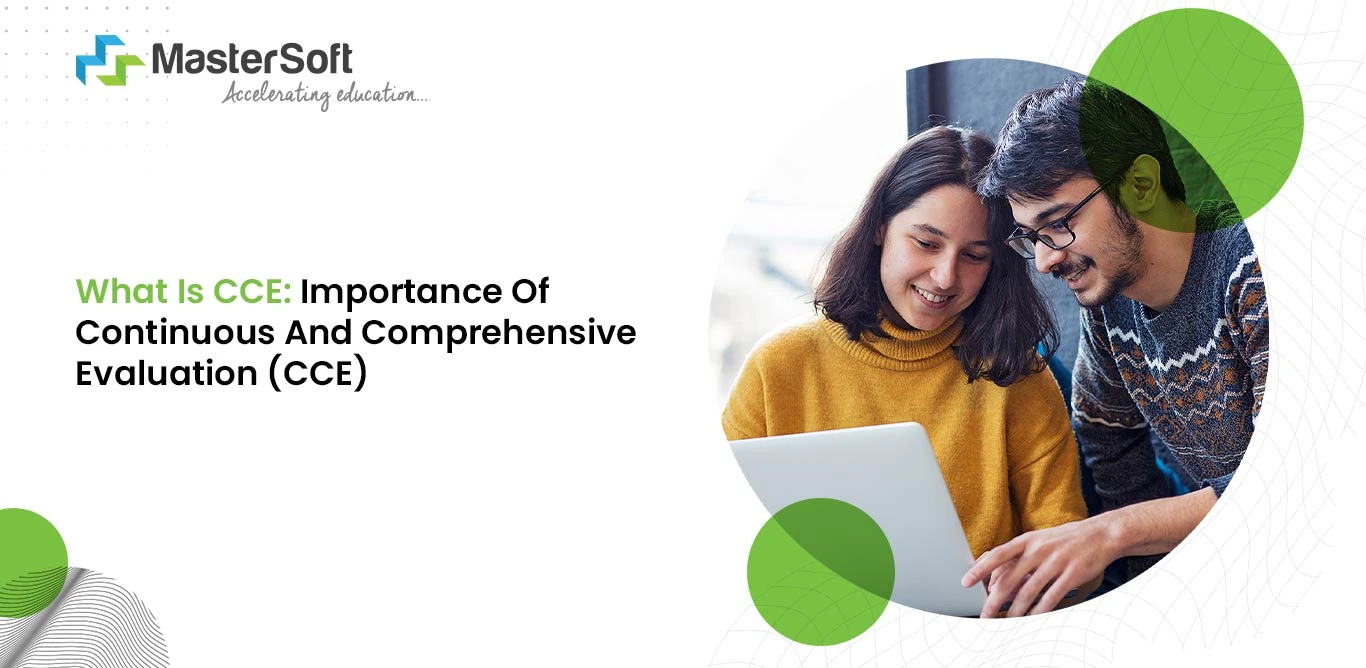

Before we speak about the importance of continuous and comprehensive evaluation, let us understand what the traditional educational model lacked.
The traditional educational system has been running on the same cyclical pattern, wherein the students enroll themselves in the institute. This is followed by them attending classes that are characterized by blackboard teaching, monotonous learning, and a lack of discernible interest in the classes.
The uninspiring practices that continue in several schools and higher educational institutes are aimed at preparing the learners just to qualify for the examinations.
A wholesome development of students is the major objective of education which includes the intellectual, physical, social, moral, ethical, emotional aspects. A holistic approach is a cornerstone for providing the ideal kind of education to the students and to facilitate that the institute should create a cooperative learning environment within and outside the classroom.
A wholesome development can only be ensured if the educators pay attention to:
An appropriate way to assess if the children are progressing in a wholesome manner and not just academically is via Continuous and Comprehensive Evaluation.
CCE or Continuous and Comprehensive Evaluation is a process of evaluating the child’s development in all the school-related activities. This proposal was directed under the Right to Education Act in 2009 by the Central Board of Secondary Education of India and the state governments in India.
Using CCE, teachers can diagnose learners' deficiencies using a variety of assessment activities. After completing the assessment activities, learners are given valuable feedback. The teacher guides and supports them to identify the problems.
The assessments of the performance include both scholastic and co-scholastic activities. Curricular and core subjects-related areas are included within scholastic activities whereas life skills, attitudes, and values are included within co-scholastic activities.
Scholastic areas comprise all the activities that are related to various subjects within the academic curricular; the educator aims to align the cognitive domain objectives along with different subjects.
To get a better understanding of this they can refer to Bloom’s Taxonomy which is a framework to classify learning objectives.
The educators must ensure that the students participate in various activities in all the subject areas; in case the student falters anywhere the teacher should guide him/her accordingly. The learning objectives can only be achieved through online assessment and active engagement from the students combined with productive feedback and guidance from the teachers; this is where the importance of continuous and comprehensive evaluation lies.
It has been a long and repetitive practice of most schools to focus more on the scholastic activities while ignoring the co-scholastic activities. With major educational reforms introduced over the years, schools and colleges alike have emphasized co-curricular activities. These activities include:
The essential abilities that enable an individual to deal with any given situation tactfully and effectively are called life skills. In other words, these are psycho-social and interpersonal skills that help people to make decisions, make appropriate judgments, come up with innovative and creative solutions to a problem and enhance one’s productivity.
UNICEF, UNESCO, and WHO have enlisted ten core life skills that are instrumental in dealing with daily challenges and overcoming difficulties. The core skills are as follows:
One of the most assured ways to identify a student’s outlook and state of mind is through his/her behavior and attitude in the classroom. The teachers must focus on the student’s development of healthy behavior and attitude towards their teachers, peers, classmates, programs of the school, and the whole school environment. The institutes can make use of student tracking system to get complete track record of student’s behavior in institute.